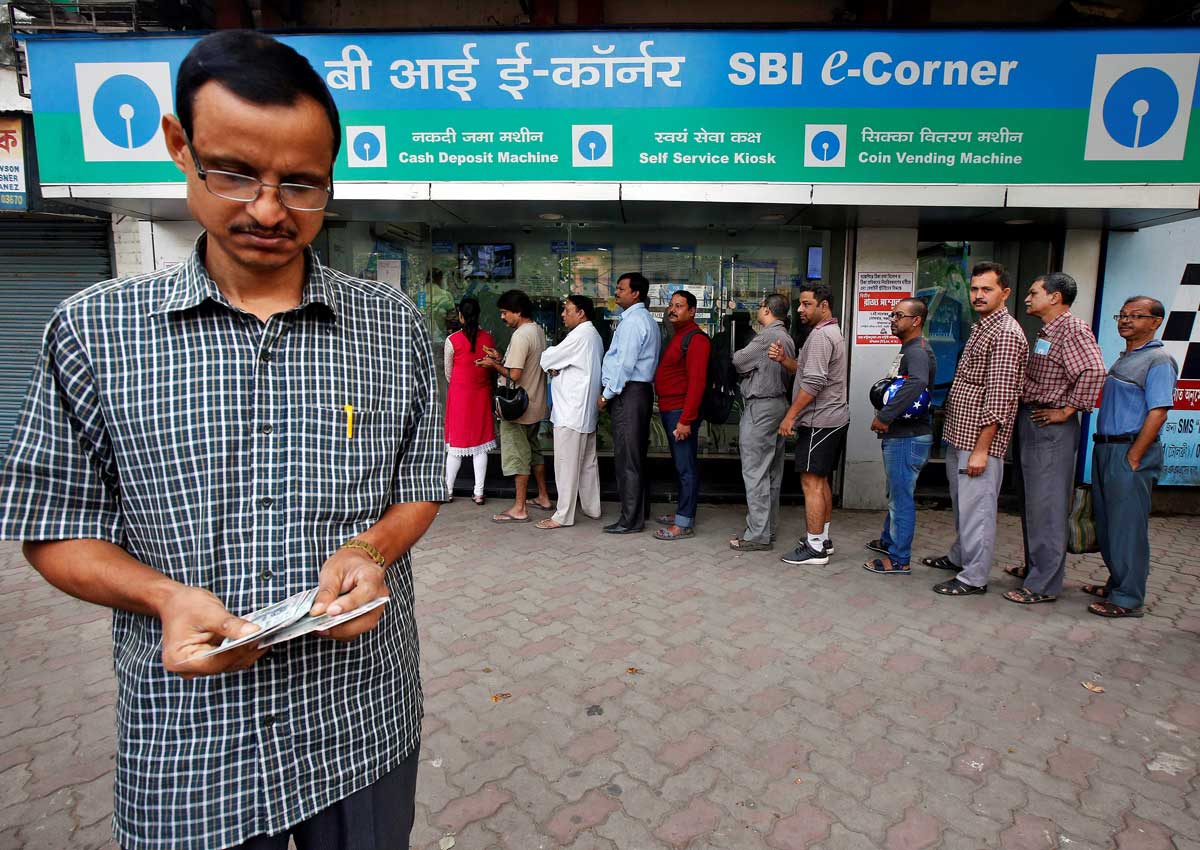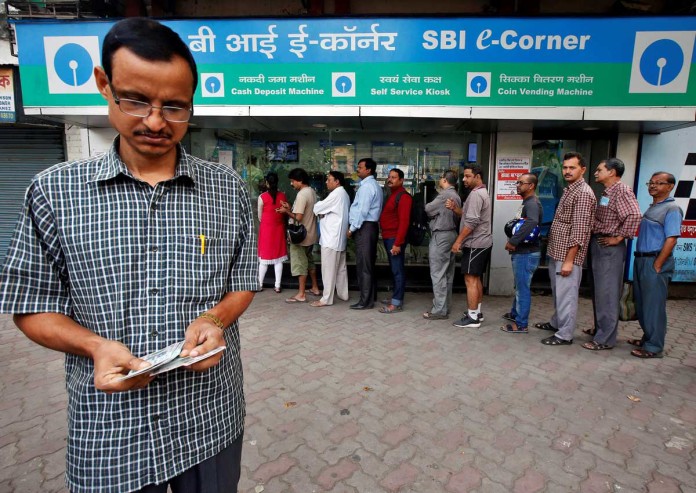Indian Prime Minister Narendra Modi’s demonetization move has sparked headlines across the world, though not in the way he necessarily hoped.
Supporters had hailed the move, which was initially pegged as an important step in the fight against counterfeit notes as well as the so-called black money that has plagued the economy for years.
But recent days have seen a reassessment of the potential success of the drive. Tales of hardship and uncertainty have dominated headlines, in stark contrast to the optimism that initially accompanied India’s move to demonetize nearly 85 per cent of the currency in circulation.
While it’s still possible that the government succeeds in boosting tax receipts by bringing unaccounted cash under its scanner, news reports have lavished attention on the adverse impact on India’s middle-class and lower-income households, who have spent the last few days huddled in serpentine queues trying to get small amounts of cash. All this against a backdrop of rules that have been upended faster than some of Donald Trump’s policy stances.
I was recently in India and needed some local currency.
The first step was to find a working cash machine. Easier said than done. A couple of automated teller machines (ATMs) near my parents’ flat in East Delhi were shut all day on December 1, likely because the cash dispensing machines were drier than a North Indian summer.
There were slightly more hopeful scenes less than a mile away. Two of the five ATMs in a commercial area (one belonging to a foreign lender, the other belonging to a state-run bank) were still dispensing cash.
I joined one of the lines at 6:10 p.m. local time. There were roughly 35 people in front of me (not including a cop who jumped the line to take out cash using multiple cards to side-step the daily limit for withdrawals from a cash machine: 2,500 rupees S$52.40 for Indian bank account holders) who stood on a paved road dotted with betel-leaf stains while a stray dog foraged for food from the street-side restaurants.
The people waiting in line were primarily from middle-class and lower-income households: executives from private sector companies, pensioners, handymen and housewives. The rich businessmen whose dubious financial engineering skills partly prompted the government to take this step were conspicuous by their absence.
One person I spoke to had spent the entire day trying to get cash to meet expenses. A labourer for a company setting up the trackworks for an extension of the Delhi Metro, he told me he first went to a bank branch to deposit cash but left in frustration after a couple of hours of fruitless waiting. He then went to an ATM, where he lined up for just over an hour, only to find that cash ran out when he was third in line to get 2,000 rupees. This was his third stop.
Another waited anxiously only to find out when he reached the ATM that his card had been locked.
Despite the adversity, the overall mood was still relatively calm. There were no skirmishes and most of the criticism of the policy was measured, aimed at the implementation rather than the intention of the move itself. The small sample size notwithstanding, people still seemed to be behind the prime minister.
The only time nerves were frayed was when people got skittish that the cash may run out. For all the government’s efforts to nudge people to use digital payments, physical notes have never been so coveted in recent years as they are right now, given their scarcity.
As for me, I managed to finally take some money out at 7.48 p.m. local time, just over an hour and a half after I first stood in line. Compared to the experiences of many, a veritable triumph.






